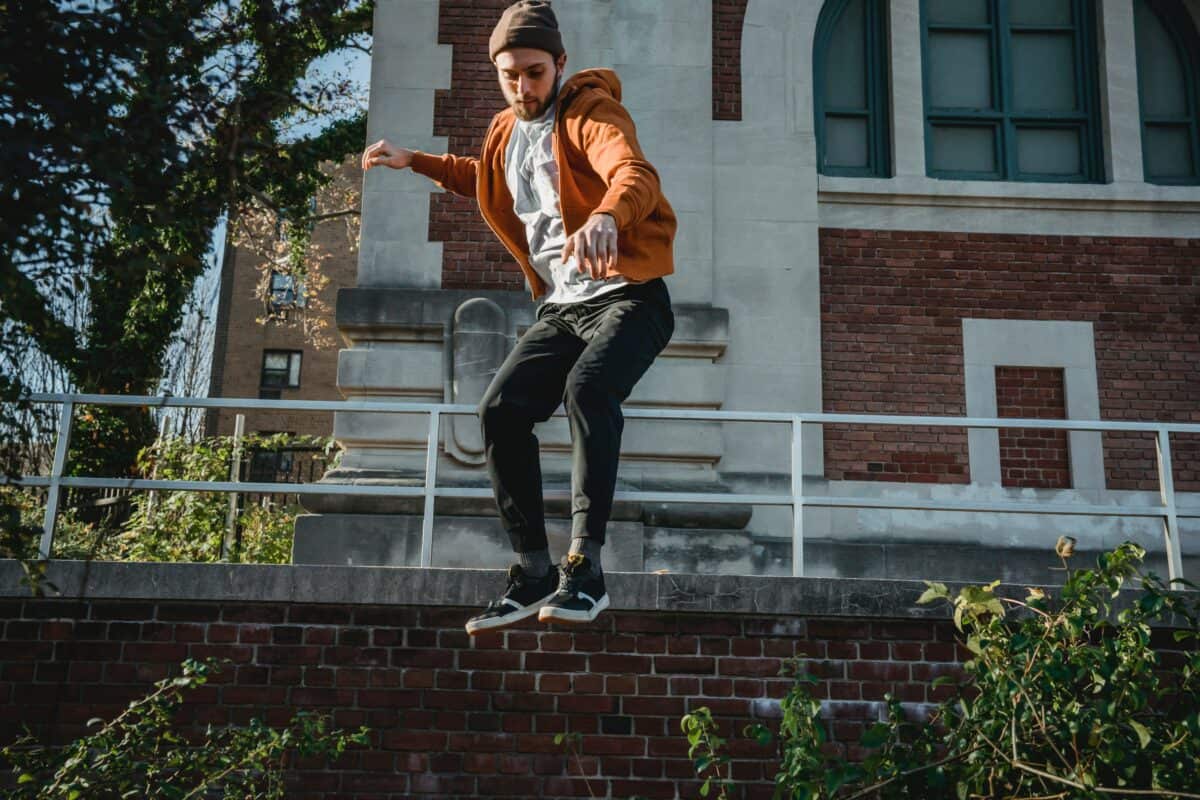Part 2: Awareness Before Advice
Through building this circle of awareness we can more effectively share discoveries rather than simple techniques. For example, often times in my own life it has been discovering the epiphany of a new technique, a breakthrough in strength/mobility or the overcoming of an emotional/mental struggle that has been at least as rewarding as the subsequent reason for whatever I was training at that moment. The more we can create these mini epiphanies in class the more likely the student is to retain the information and make it their own. By making the movements, activities, and thought processes their own it will help shape them in a more effective manner. By balancing this ability to own their movement explorations while peppering in our experience and knowledge we can find the balance that allows them a challenging and productive session that will help them grow in more ways than we or they may realize.
Repetition without Redundancy
Mastery of any skill takes time and consistent, considerate repetition. To work towards making the practiced pattern not just a tool in their utility belt, but for it to become a part of them means that more than just a gross sum of a movement needs to be completed during these training times. Some ways we can achieve that are by helping them understand the different benefits and manifestations that repetition can have in various circumstances.
In games, self created courses or races often the repetitions are the backdrop that the game may be played on top of so here the challenge is to see where they may have deficiencies in technique and which moves have begun to move into the natural place.
In coach-created courses, drills and other more singular forms of repetition the challenge can be in their ego(to follow directions) and their awareness in whether and how the technique has been completed.
Questions in this stage for small group or one on one sessions can be a great tool as well to break the monotony and ensure their focus is in the right place during each movement rather than just doing the movement for the sake of it.
Find the Simple in the Complex
Perhaps it goes without saying but I often see coaches giving too much information, clouding the minds of the student and not giving them something strong to latch on to, other times they don’t give enough feedback, leaving the student stuck without enough awareness to understand how what they are doing is helping them. This frustration (while sometimes manufactured and an important part of the process) is something that can be a byproduct of a sub optimally described activity, feedback, or lack of awareness in the particular group/student you are instructing.
Knowing your students’ processing power will help you keep the challenge level at a manageable amount. I think it was one of the Yamak that told me first about the intuitive “Comfort/Work/Discomfort zone” sliding scale. This is maybe something we already do but it’s important for us to grow the capacity of our students’ work zones before we progress into more complex challenges. We are most engaged in this work zone so it’s important to first find the capacity of your students physically/technically/mentally and begin to build on them. As their capacity increases the complexity can increase.
Custom Built Feedback Loops
Just as each students’ work zone is a personal discovery, how each student best receives input is important to learn as well. Some prefer a more militant style and some prefer more easy going. Depending on where you naturally trend is the first thing to understand and then I believe if you want to expand your coaching abilities and personal comfort/work zones it makes sense to explore the edges of your coaching presence. By being able to expand this you open yourself up to more versatility in your delivery but also the ability to offer the information in various ways and reach many different types of people.
In addition to expanding your coaching presence you can increase…
- Your vocabulary of cues for achieving techniques.
- Levels of progression at a micro and macro level.
- Methods of teaching a single technique.
- Ways to illustrate the material.
Working on creating this framework will allow you to see how each student that comes your way works so you can find the most targeted and effective way to get through to them. Also just through teaching and being open to this idea can allow you to expand and increase these capacities, we can learn just as much from our students as we can in our own training/research so be open to being “wrong” and trying different methods! (Safely of course.)
Like most worthwhile endeavors, being an effective coach is a continuous pursuit towards excellence and I hope that this article is able to help you on your path, just as these concepts and tips from other teachers have helped me on mine.
- parkour learning/coaching content via XP,
- one on one consulting for parkour training/teacher training,
- in person workshop services for students or teachers based of the Explore Parkour material.
[Feature Photo by Mary Taylor via Pexels.]

